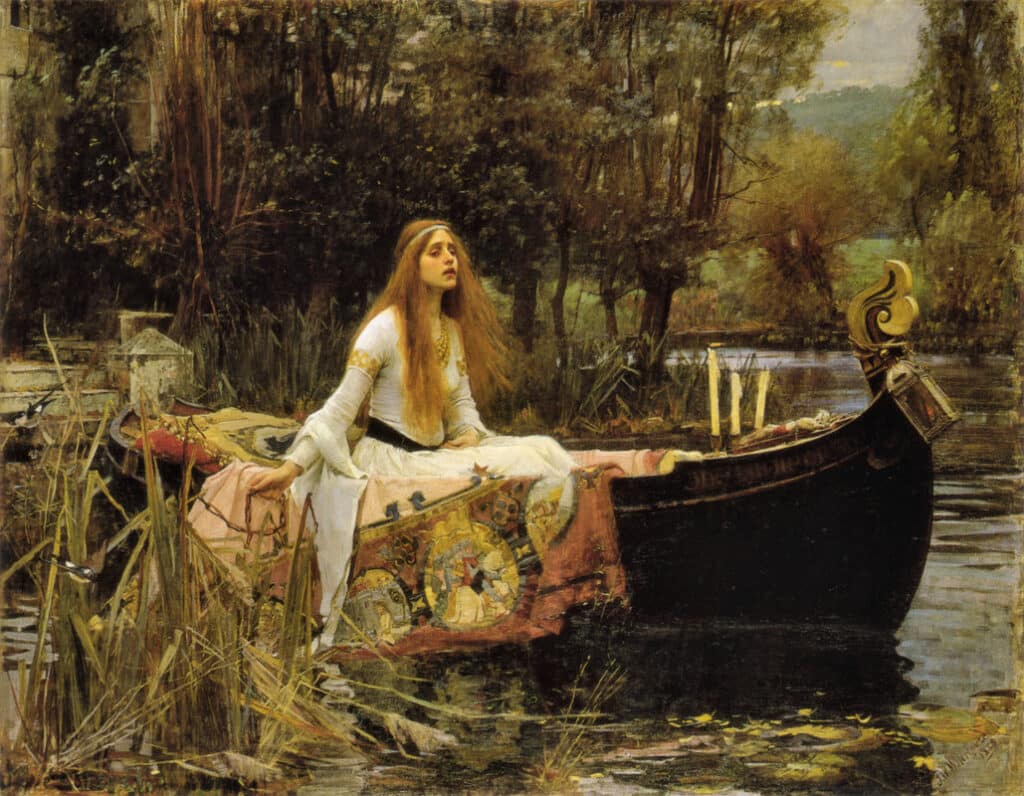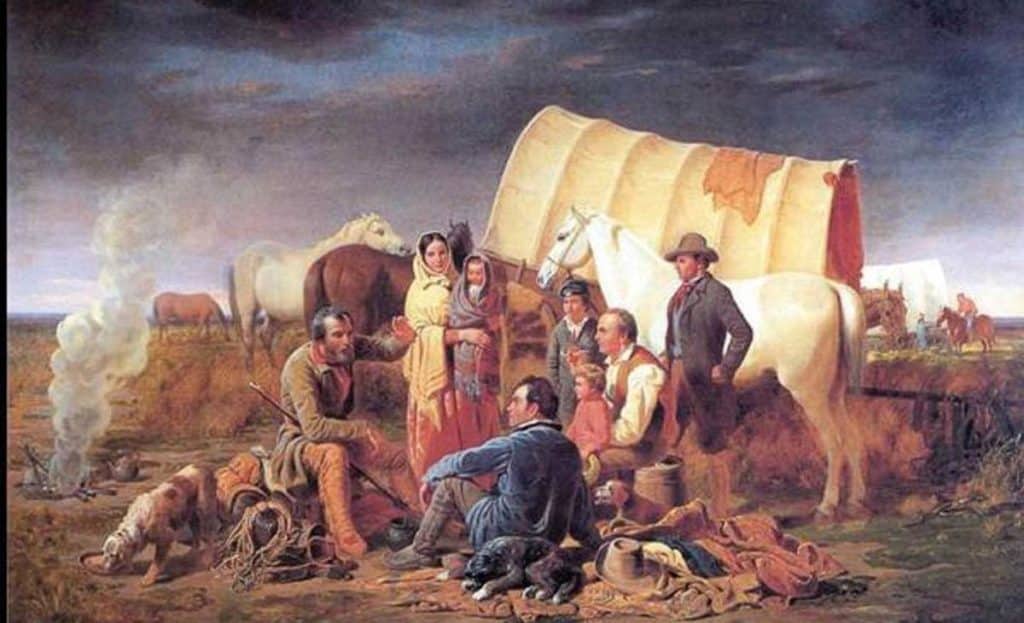What The Heart Of The Young Man Said To The Psalmist.
Tell me not, in mournful numbers,
Life is but an empty dream!
For the soul is dead that slumbers,
And things are not what they seem.
Life is real! Life is earnest!
And the grave is not its goal;
Dust thou art, to dust returnest,
Was not spoken of the soul.
Not enjoyment, and not sorrow,
Is our destined end or way;
But to act, that each to-morrow
Find us farther than to-day.
Art is long, and Time is fleeting,
And our hearts, though stout and brave,
Still, like muffled drums, are beating
Funeral marches to the grave.
In the world’s broad field of battle,
In the bivouac of Life,
Be not like dumb, driven cattle!
Be a hero in the strife!
Trust no Future, howe’er pleasant!
Let the dead Past bury its dead!
Act,— act in the living Present!
Heart within, and God o’erhead!
Lives of great men all remind us
We can make our lives sublime,
And, departing, leave behind us
Footprints on the sands of time;
Footprints, that perhaps another,
Sailing o’er life’s solemn main,
A forlorn and shipwrecked brother,
Seeing, shall take heart again.
Let us, then, be up and doing,
With a heart for any fate;
Still achieving, still pursuing,
Learn to labor and to wait.
Summary and Analysis
-
Editors Rating
Meaning of the Poem
A Psalm of Life, written in an ABAB pattern, is meant to inspire its readers to live actively, and neither to lament the past nor to take the future for granted. The didactic message is underscored by a vigorous trochaic meter and frequent exclamation. Answering a reader’s question about the poem in 1879, Longfellow himself summarized that the poem was “a transcript of my thoughts and feelings at the time I wrote, and of the conviction therein expressed, that Life is something more than an idle dream”. Richard Henry Stoddard referred to the theme of the poem as a “lesson of endurance”.
Longfellow wrote the poem shortly after completing lectures on German writer Johann Wolfgang von Goethe and was heavily inspired by him. He was also inspired to write it by a heartfelt conversation he had with friend and fellow professor at Harvard University Cornelius Conway Felton; the two had spent an evening “talking of matters, which lie near one’s soul:–and how to bear one’s self doughtily in Life’s battle: and make the best of things”. The next day, he wrote “A Psalm of Life”. Longfellow was further inspired by the death of his first wife, Mary Storer Potter, and attempted to convince himself to have “a heart for any fate”.
source: A Psalm of Life


